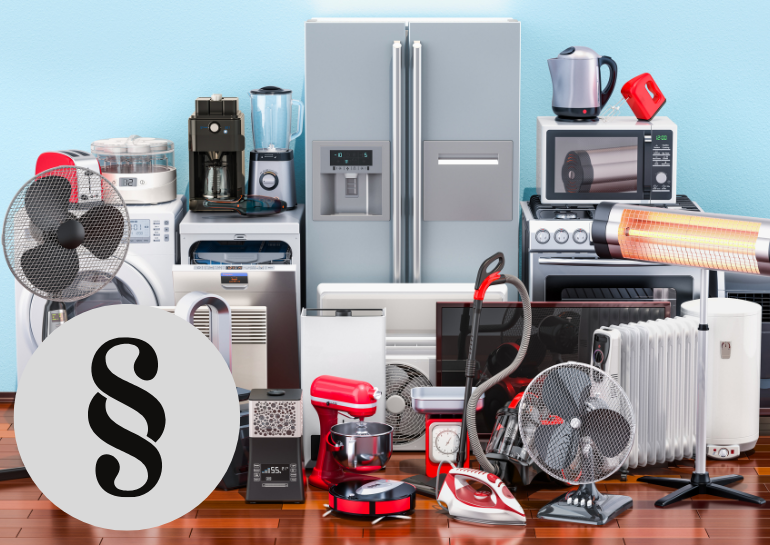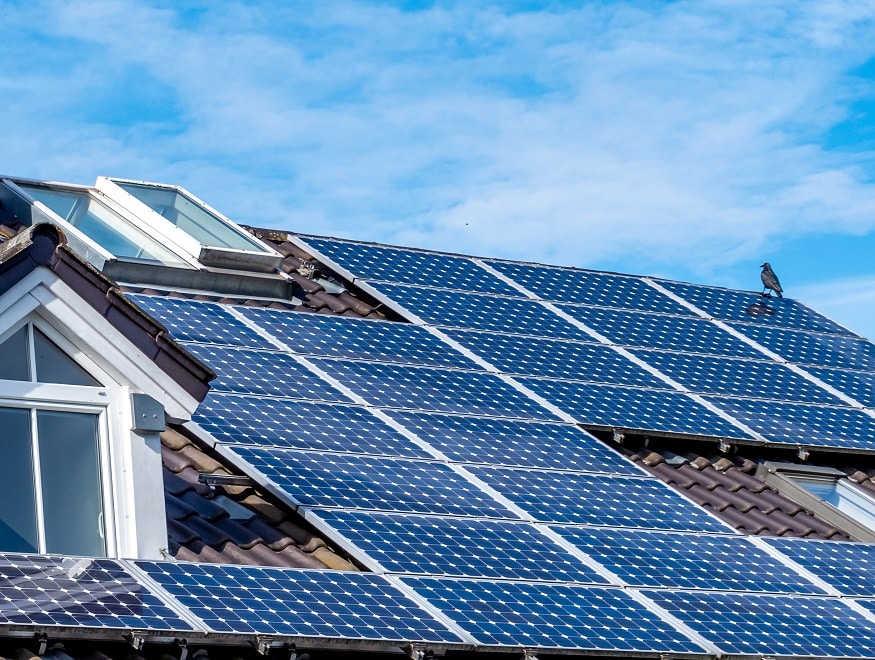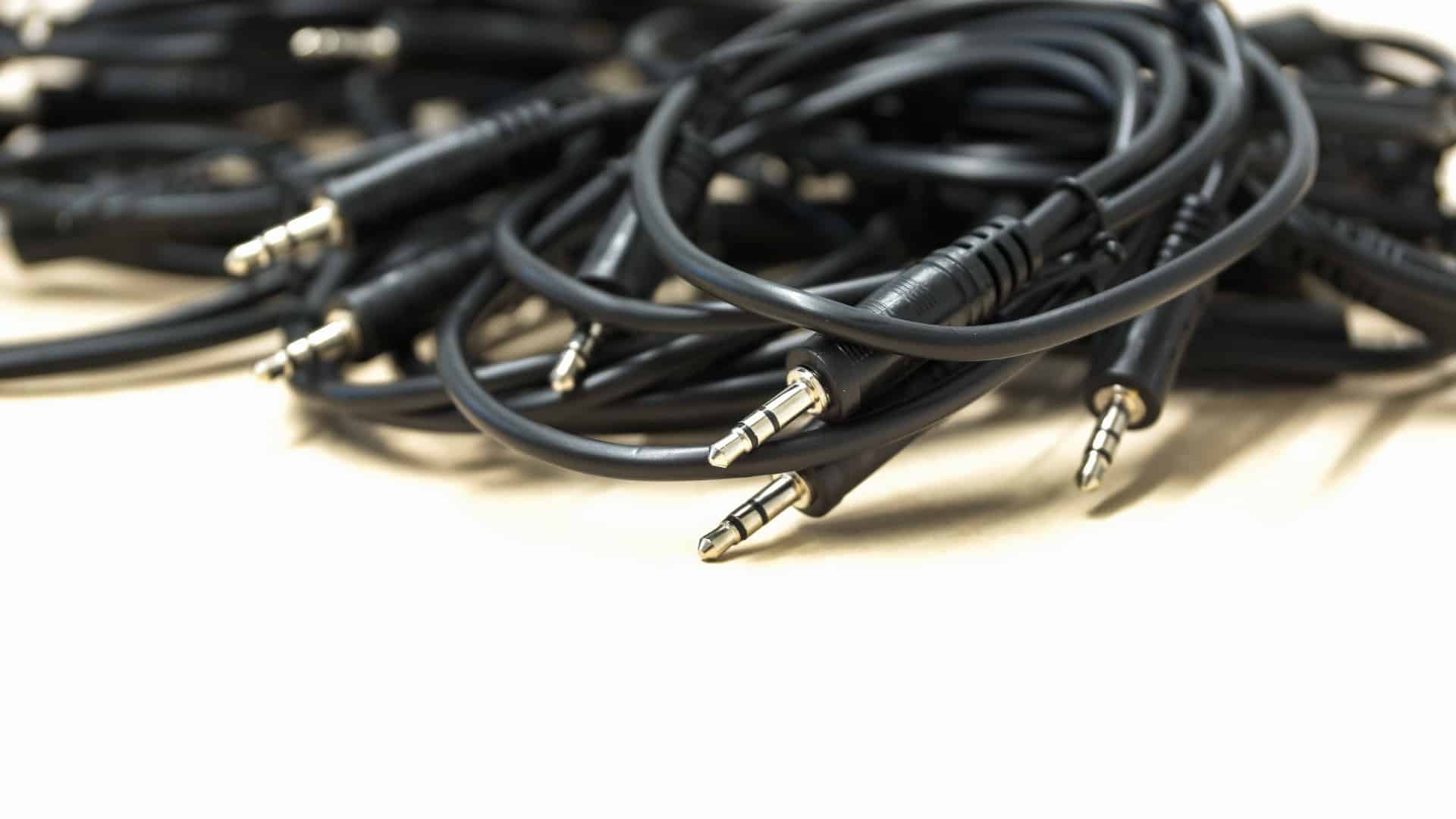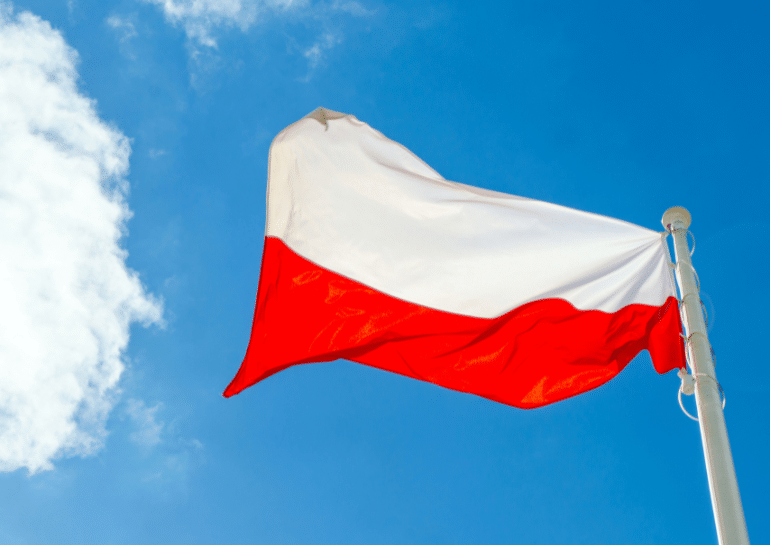Failure to comply with the WEEE Directive 2012/19/EU can result in fines up to €100,000 and sales bans. This guide details the immediate actions required for correctly labeling your electrical products.
For Quick Readers
- WEEE labeling is mandatory for almost all electrical and electronic equipment sold in the EU, and non-compliance can lead to fines over €100,000 and sales bans.
- The label must include three key elements: the crossed-out wheeled bin symbol, a producer identification mark (brand name), and a date mark for products post-August 2005.
- Producers must register in every EU member state where they sell products, as each country has its own national WEEE authority and requirements.
Master WEEE Labeling: A 5-Step Compliance Guide for EU Markets
The EU’s Waste Electrical and Electronic Equipment (WEEE) Directive isn’t just a set of guidelines; it’s a legal mandate for environmental responsibility and market access. For any company placing electrical and electronic equipment (EEE) on the European market, non-compliance carries severe penalties, including substantial fines and sales prohibitions. The complexity of these regulations, which vary among member states, presents a significant challenge. You must act now to ensure every product you sell is correctly labeled according to these strict rules. This article provides a clear, actionable framework for WEEE compliance, but for guaranteed and swift adherence, you should contact an expert.
The WEEE Directive 2012/19/EU is mandatory for nearly all EEE sold in the EU, impacting 11 distinct product categories. Ignoring these regulations can lead to immediate legal and financial consequences, with some member states imposing fines exceeding €100,000 per violation. Action is not optional; it is a prerequisite for market entry. Companies that have not yet addressed their WEEE obligations risk having their products barred from sale across the entire EU. You must take action now to comply with these EU directives. For businesses that are not yet compliant, the fastest path to securing your operations is to contact Deutsche Recycling immediately to implement the necessary measures.
The Urgency of WEEE Compliance
Properly labeling products according to WEEE involves more than just one symbol; it requires three key elements on the product itself. These markings ensure your product is handled correctly at the end of its 15-year average lifespan, reducing environmental harm. The primary goal is to divert e-waste from landfills, which receive over 10 million tonnes of electronics annually. The following components are non-negotiable for market access:
- The crossed-out wheeled bin symbol, indicating separate collection.
- A producer identification mark, such as your brand name.
- A date mark for products placed on the market after August 13, 2005.
These elements form the foundation of your product’s compliance passport. You can learn more about how to check if your products require WEEE registration on our website.
Understanding Core Labeling Requirements
The most visible component of WEEE labeling is the crossed-out wheeled bin symbol. This icon explicitly informs consumers that the product must not be discarded with unsorted municipal waste. Its placement must be permanent, visible, and legible on the product itself. In cases where the product’s size is less than 5 cm, the symbol can be moved to the packaging or user manual. This symbol is the universal language for e-waste recycling across all 27 EU member states. Adherence to this single requirement is a major step in fulfilling your labeling obligations.
The Crossed-Out Wheeled Bin Symbol
Beyond the bin symbol, you must identify your company as the producer on the equipment. This is typically achieved by adding a brand name or trademark to the product. This marking ensures authorities can trace the product back to its origin, a key part of the producer responsibility principle. For products placed on the market after August 13, 2005, an additional mark is required. You can either add a solid bar beneath the wheeled bin symbol or print the date of market placement. This traceability is critical for managing the 2.5 million tonnes of WEEE collected each year. This requirement is a core part of the Directive 2012/19/EU.
Producer Identification and Traceability
Your compliance duties extend beyond the physical product label. The WEEE Directive requires you to provide specific information to end-users, typically within the instruction manual. This information must explain the meaning of the crossed-out wheeled bin symbol and detail the available return and collection systems. It must also highlight the potential negative environmental and health effects of hazardous substances in EEE. Informing your customers empowers them to participate in the recycling process, a key goal of the directive. You must understand your obligations under the ElektroG to ensure full compliance in Germany.
Informing Users: Beyond the Product Label
WEEE compliance is not a single, EU-wide registration; it is managed at the national level. This means you must register as a producer in every single EU member state where you sell your products. Each country has its own national register and reporting requirements, creating a complex administrative landscape for cross-border sellers. For instance, Germany’s Stiftung EAR handles registration, while other countries have different bodies. Failure to register in even one country can lead to a sales ban there. This complexity underscores the need for immediate action to ensure you are legally present in all your markets. You can learn more about how to get a WEEE Reg. Nr. for your products through our services.
Registration in Each EU Country
The requirements for how to label products according to WEEE are detailed and non-negotiable. Given that compliance schemes vary across the 27 EU member states, navigating these regulations is a significant undertaking. The time to ensure your products are compliant is now, before regulators identify your business for enforcement actions. Any delay puts your revenue and market access at risk. Deutsche Recycling offers a complete service to manage these complexities on your behalf. We handle national registrations, reporting, and ensure your labeling meets all legal standards, guaranteeing 100% compliance. Contact Deutsche Recycling today for a consultation and secure your position in the EU market.
Take Action Now for Full Compliance
FAQ
Why is immediate action on WEEE labeling so important?
Immediate action is critical because EU authorities are actively enforcing the WEEE Directive. Non-compliant products can be seized, and your company can face substantial fines and a ban on sales, directly impacting your revenue. Contacting Deutsche Recycling now ensures you meet all regulations swiftly and avoid these risks.
What if my product is too small for the WEEE label?
If a product is too small to bear the symbol (e.g., less than 5 cm), or if the marking affects its function, the WEEE symbol must be printed on the product’s packaging, the instructions for use, or the warranty leaflet.
Do I need to comply with WEEE if I sell online from outside the EU?
Yes. The WEEE Directive applies to all products placed on the EU market, regardless of the seller’s location. If you sell cross-border to customers in the EU, you are considered the producer and are responsible for full WEEE compliance, including registration in each country.
How does Deutsche Recycling help my business comply with WEEE labeling?
Deutsche Recycling acts as your dedicated compliance partner. We manage the entire process, from ensuring your product labels are correct to handling registration and reporting with the national authorities in every EU country you operate in. We provide a full-service solution for guaranteed 100% legal conformity.
Are the WEEE requirements the same in every EU country?
No. While the WEEE Directive sets the framework, each EU member state implements it through its own national laws (like the ElektroG in Germany). This results in different registration processes, fees, and reporting deadlines. This complexity is why a specialized service is essential for cross-border trade.
What information do I need to provide to users?
You must inform users about their role in separating e-waste, the meaning of the WEEE symbol, available collection and return systems, and the potential harm of hazardous substances in electronics. This information is typically included in the product’s user manual.
More Links
Stiftung EAR provides instructions on how to apply for WEEE registration in Germany.
Stiftung EAR helps manufacturers identify their obligations under the ElektroG (Electrical and Electronic Equipment Act).
German Federal Environment Agency provides information on the ElektroG and the environmentally sound disposal of waste electrical and electronic equipment.
German Federal Environment Agency links to articles and information related to the WEEE Directive.
European Union explains the WEEE label and its requirements for businesses in Europe.
German Federal Ministry for the Environment provides access to the German law regarding the placing on the market, return, and environmentally sound disposal of electrical and electronic equipment (ElektroG).






